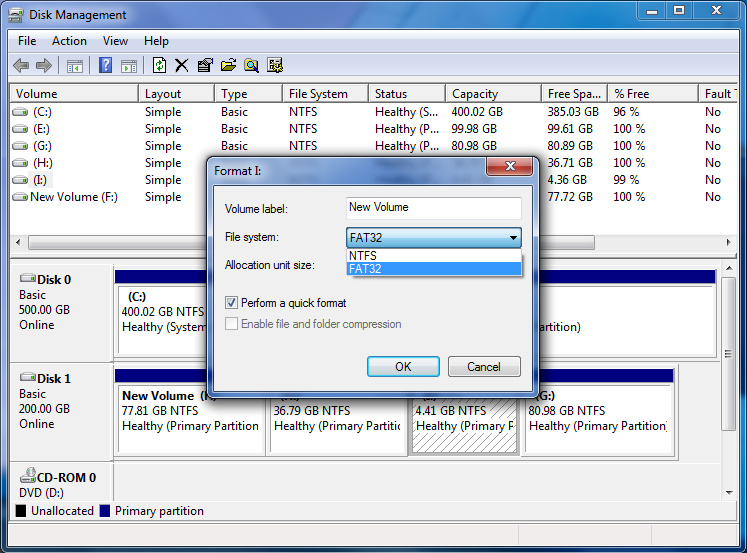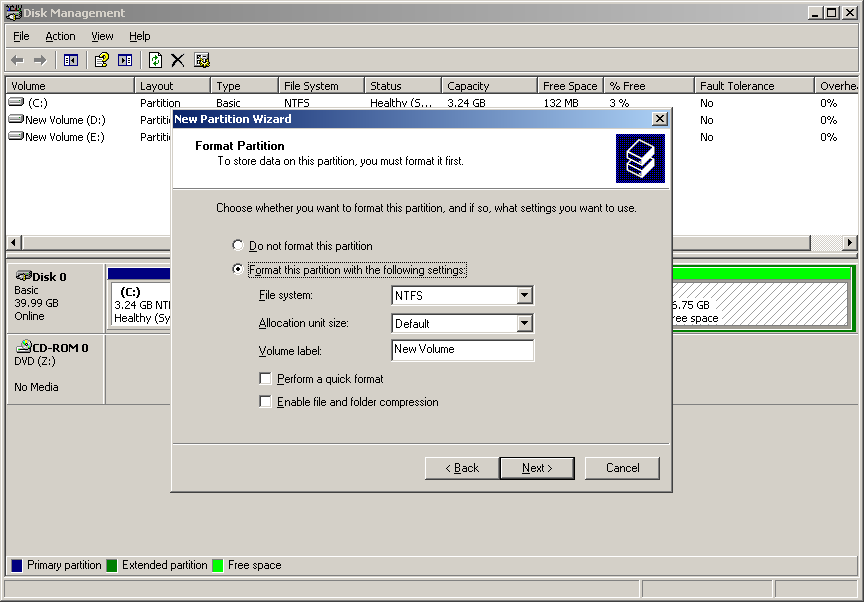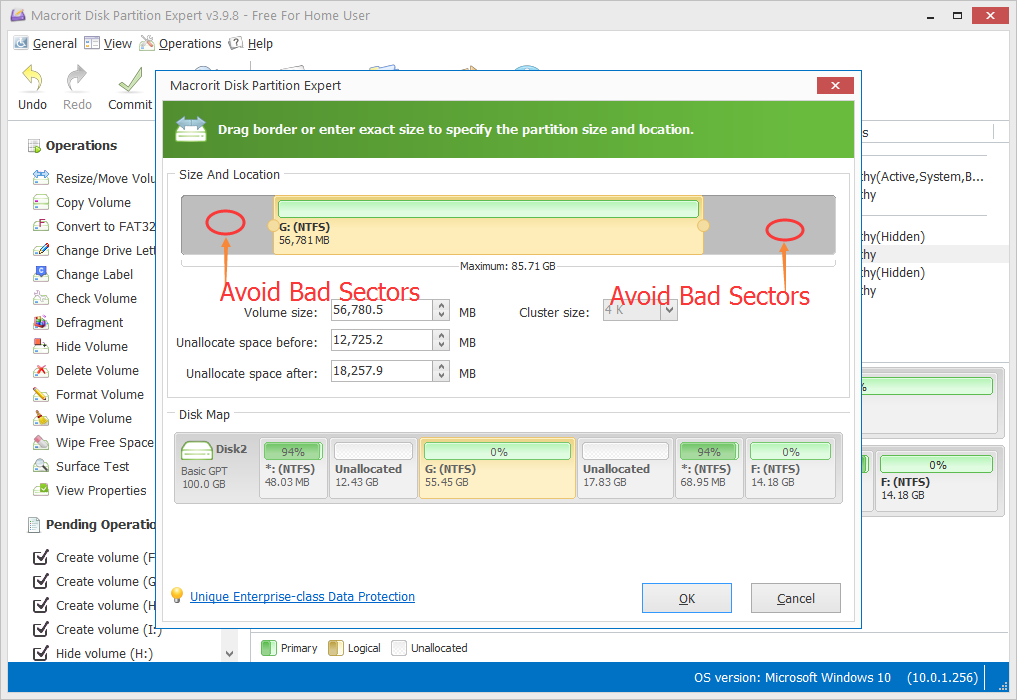Does formatting fix bad sectors
Does formatting fix bad sectors
No for Quick format but Yes for Full format, low-level format
Quick Format
When you format a volume you may have noticed that the Quick Format is checked as default, like the screen shot below, leave it as checked and Windows will just remove all the files and create a new file system, bad sectors (if there are) are ignored and will be using for accessing and storing data, which will eventually damage the hard drive.

To check bad sectors after a Quick Format, use the command line interface and type this command to find and repair bad sectors:
chkdsk /f /rLow Level Format
You may have known that speed of performing low-level format is slower than a quick format (that’s obvious, from the name, we already known that)…
The reason is that low-level format not only remove file, create new file system, partition table like the Quick format does, but scan bad sectors and repair them or mark them as unaccessible so Windows won’t read and write those blocks.
Uncheck the Quick format option will perform a low-level format

Does a hard drive remember bad sectors after formatting?
The hard drive is what remembers bad sectors. Exactly how it does that depends on the model, but most modern hard drives automatically detect and remap dead sectors so that the operating system does not even know there is a problem. In that case, nothing the operating system does can affect the disk’s internal bookkeeping.
SuperUser Ben N
Try to isolate bad sectors instead of fixing them
Low-level format can scan and fix bad sectors, chkdsk command is able to find and repair bad sectors too, really?
Yes, it’s true, logical bad sectors are not a problem to Windows built-in tools, as for the physical bad sectors,however, the ‘fix’ and ‘repair’ effects are not as good as for the logical ones, even marked as unaccessible, Windows still performs bad and response slow near bad sectors area.
A better way of fixing and repairing bad sectors is to isolate them with some partition manager software, not the Disk Management tool, which can’t move partition from the head and move free space to other position. Try third-party partition software instead.
Here we have a screenshot of isolating bad sectors with Partition Expert

Tips
When bad sectors are found, the physical damaged ones, I mean, isolate them is an option for not heavily used computers, as for the daily heavily used devices, replacing the hard drive is recommended, since hard drives nowadays are affordable and with large capacity. Besides, it’s also a hard job for data recovery programs to track and restore data in bad sectors.
Product Editions
Partition Operations
Video Help
- Partition Expert Video tutorials
- How to extend System partition
- How to quick extend partitions
- Extend Server 2008 system Drive